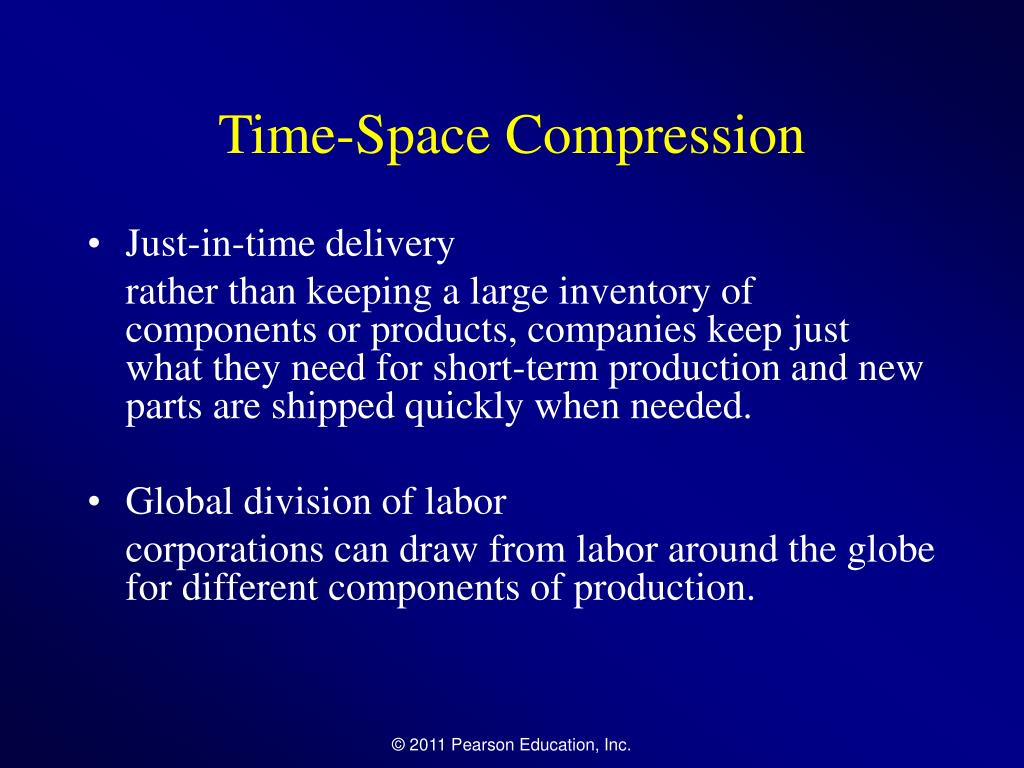

Multi-view videos generated by multiple cameras that capture a 3D scene from a pre-set number of viewpoints.
#Time space compression vs convergence free
These may contain up to billions of points with colours, material properties and other attributes to offer reproduced scenes characterised by high realism, free interaction and navigation. Point clouds generated by multiple cameras and depth sensors in a variety of setups.Industry has guided MPEG to develop two standards that are based on two approaches that are conceptually similar but are targeted to different aoolications and involve different technologies: This consideration implies that industry may need standards for static objects much earlier than for dynamic objects. This is true both at the capture-encoding side and at the decoding-display side. In practice, however, products that handle static scenes may be orders of magnitude less complex than those handling dynamic scenes. Here the word “dynamic” captures the fact that the user can have an experience where objects move in the scene as opposed to being static.īeing static and dynamic may not appear to be a conceptually important difference. compress) data from a range of technologies offering users dynamic immersive visual experiences. How can we achieve further convergence?įor a few years now, MPEG has explored the issue of to efficiently represent (i.e.Commonalities and differences of PCC and 3DoF+.Computer-generated scenes and video are worlds apart.


 0 kommentar(er)
0 kommentar(er)
